A likely couple of natives
dbarron
5 years ago
last modified: 5 years ago
Featured Answer
Sort by:Oldest
Comments (324)
User
5 years agoUser
5 years agolast modified: 5 years agoRelated Discussions
Native California Plant: Looks like Fried Egg
Comments (6)Morning bboy, just curious as to how you determined that this was definitively a Romneya and not an Argemone species? Are you seeing something in the photo that I'm not? bookwyrme, bboy may be right, but the easiest way to tell which of the two genera this may be is that Romneya (Matilija Poppy) can become big, invasive woody-stemmed shrubs, while the Argemone (Prickly Poppy) species I'm familiar with are short-lived perennials/biennials that resemble glorified thistles and are not woody. Both occur in California. I've seen both genera within a couple hundred feet of each other in the area east of San Diego......See MoreBusy here, but felt like sharing a couple pics.
Comments (10)wow!! You have enough foxgloves in your garden that you can cut some? I love them so much and have finally been able to get ONE plant (WS two years ago) to survive in my yard. I wouldn't dare cut it :) I desperately want it to give me seeds. It is light pink like the ones in your bouquet and is only about 2 feet tall, but it is flowering. I love your bouquet of foxgloves and of course your very pretty purple siberian iris. (which I can get to grow :))...See MoreCan you share plant combinations of natives you like?
Comments (15)My ninebark is the species. It grows to about 8 or 9 feet. It's just finished blooming, and while most of the fruit capsules are brown, I have some individuals whose capsules turn red and stay red all summer. Very pretty. Chokeberry is Aronia. I have mostly A. melanocarpa, because I can buy it. Slow growing, but pretty. Coralberry is not the same as snowberry. Same genus, different species. Snowberry is much taller (up to about 4 feet) and doesn't sent out runners. Coralberry stays maybe 2-3 feet tall and sends out long runners in all directions that root. It's good for my islands because it fills in quickly. I plant shrubs very close together--a foot or so. I want the islands to look crowded, and they do after a year or so. I'll try to post some pictures. Most species shrubs do have white flowers. If you're going to go natural, you start to think in terms of what the pollinators like, and they obviously are attracted to clusters of white flowers. I think it's fascinating that the second each species finishes blooming another takes up the slack. It seems to be timed so they don't compete for pollinators--first serviceberry, then crabapples & C. florida, then chokecherry and chokeberry and black cherry, then ninebark, then early viburnums, then shrub dogwood, then later viburnums, then elderberry. I find it fascinating, and I no longer get tired of white flowers....See MoreWould like information on some native annuals
Comments (3)Thanks RK, and no I haven't forgot about the 4 wheeler ride. I'm excited to get out there and see the flowers in bloom. All of the rain this spring has done wonders for the local wildflowers. Just down the road we've seen several globemallows, oxytropis, astragalus, phlox, oenothera and something else I need to get a close-up look at. It shouldn't be long before the sego lilies start to bloom as well. As for the annuals, I'm excited to see how they do. Hope I've picked good spots for all of them. I have some scarlet gilia that is blooming this year. The hummingbirds have loved this plant. I'll have to collect some seed and grow more. P.S. Is UNPS having a garden tour this year?...See MoreUser
5 years agodbarron
5 years agoUser
5 years agowantonamara Z8 CenTex
5 years agoUser
5 years agoUser
5 years agoSkip1909
5 years agolast modified: 5 years agowantonamara Z8 CenTex
5 years agoUser
5 years agoUser
5 years agodbarron
5 years agoUser
5 years agoSkip1909
5 years agolast modified: 5 years agoUser
5 years agolast modified: 5 years agoJay 6a Chicago
5 years agolast modified: 5 years agoUser
5 years agolast modified: 5 years agoJay 6a Chicago
5 years agoJay 6a Chicago
5 years agoUser
5 years agoJay 6a Chicago
5 years agowantonamara Z8 CenTex
5 years agoUser
5 years agolast modified: 5 years agoJay 6a Chicago
5 years agoUser
5 years agolast modified: 5 years agodbarron
5 years agoUser
5 years agoJay 6a Chicago
5 years agoUser
5 years agoJay 6a Chicago
5 years agoZachS. z5 Platteville, Colorado
5 years agoUser
5 years agodbarron
5 years agoUser
5 years agowantonamara Z8 CenTex
5 years agolast modified: 5 years agoUser
5 years agolast modified: 5 years agodbarron
5 years agowantonamara Z8 CenTex
5 years agodbarron
5 years agoUser
5 years agoZachS. z5 Platteville, Colorado
5 years agoUser
5 years agolast modified: 5 years agowantonamara Z8 CenTex
5 years agoUser
5 years agoZachS. z5 Platteville, Colorado
5 years agoUser
5 years agolast modified: 5 years agoZachS. z5 Platteville, Colorado
5 years agodbarron
5 years agolast modified: 5 years ago
Related Stories

INSIDE HOUZZSee a Couple’s New Spa-Like Bathroom From Lowe’s and Houzz
The sweepstake winners’ master bathroom gets a makeover with a new shower, tile and storage space
Full Story
LIVING ROOMSRoom of the Day: Living Room Decor Marries a Couple’s Individual Tastes
She likes Southern sophisticated; he likes modern. See how a designer combines their favorite styles in this Atlanta space
Full Story
HOUZZ TOURSMy Houzz: Online Finds Help Outfit This Couple’s First Home
East Vancouver homeowners turn to Craigslist to update their 1960s bungalow
Full Story
COLORFUL HOMESHouzz Tour: Bold Color and Patterns in a Couple’s Chicago Condo
An interior designer helps her clients get a new home that reflects their lively personalities
Full Story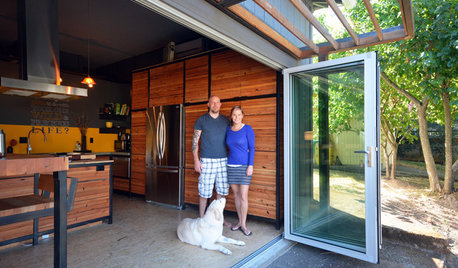
MY HOUZZHouzz TV: A Couple’s Garage Becomes Their Chic New Home
Portland, Oregon, homeowners find freedom in a city-approved garage home with DIY industrial flair
Full Story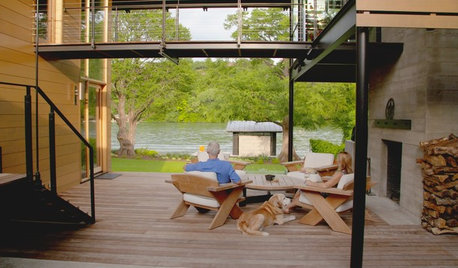
MODERN ARCHITECTUREHouzz TV: This Amazing Lake House Made a Couple’s Dream Come True
Step inside a dream home on Lake Austin, where architecture celebrating gorgeous views has a striking beauty of its own
Full Story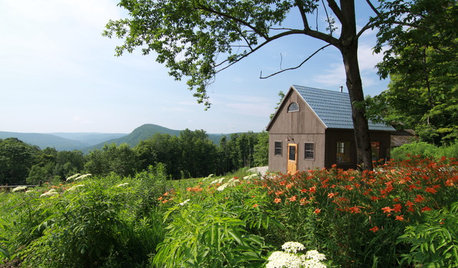
CABINSRoom of the Day: Timber-Frame Cabin Inspires Couple’s Creative Pursuits
This work studio, built in a simple vernacular architectural style, sits near a couple's rural home in the Berkshire mountains
Full Story
HOUZZ TOURSMy Houzz: An Artistic Craftsman Home Fulfills a Couple’s Dream
After nearly 40 years, two working artists build their art-filled dream home
Full Story
GARDENING GUIDES15 Native Flowers That Feed Native Bees
These perennials offer superfood to hundreds of bees and are gorgeous in their own right
Full Story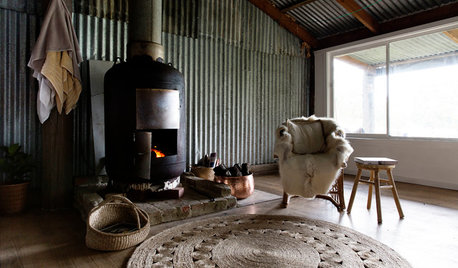
HOMES AROUND THE WORLDMy Houzz: Backyard Shed Becomes a Couple’s Cool Home
In Australia, a former party space on Mom and Dad’s property evolves into temporary quarters, complete with outdoor shower
Full Story


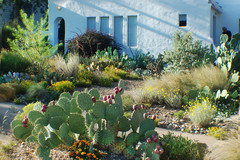
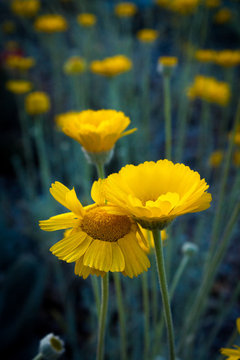
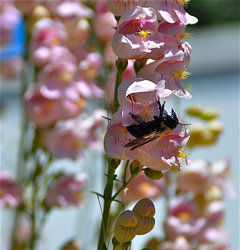
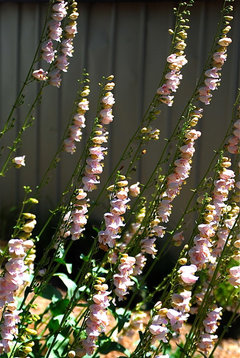
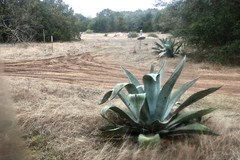
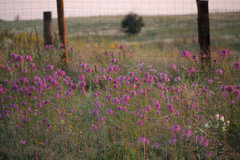


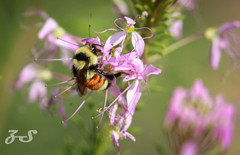
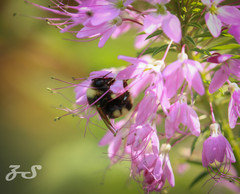

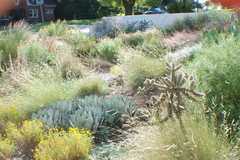

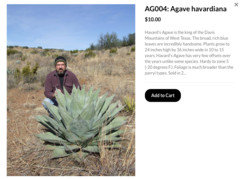
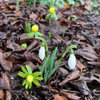

Nevermore44 - 6a